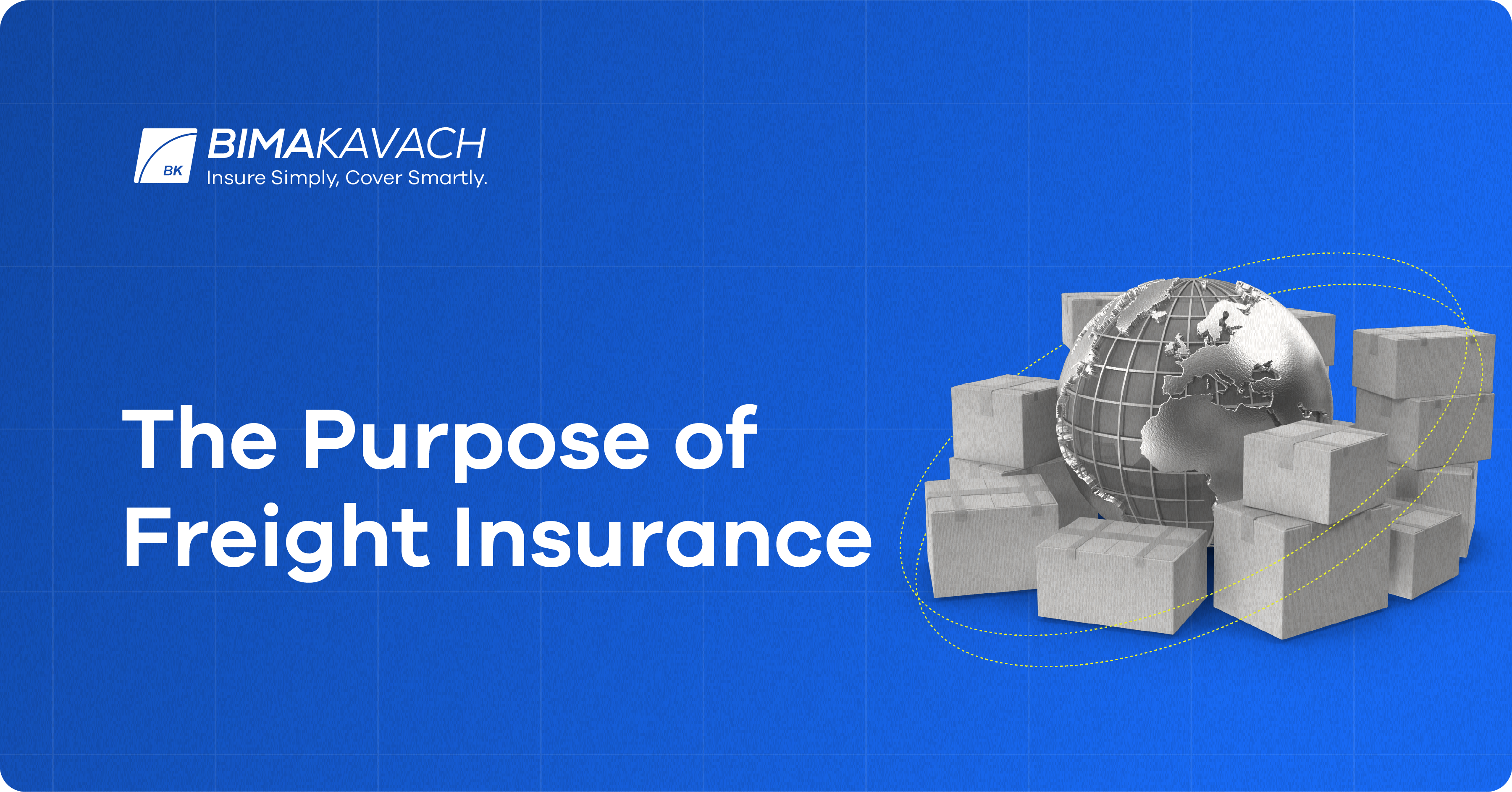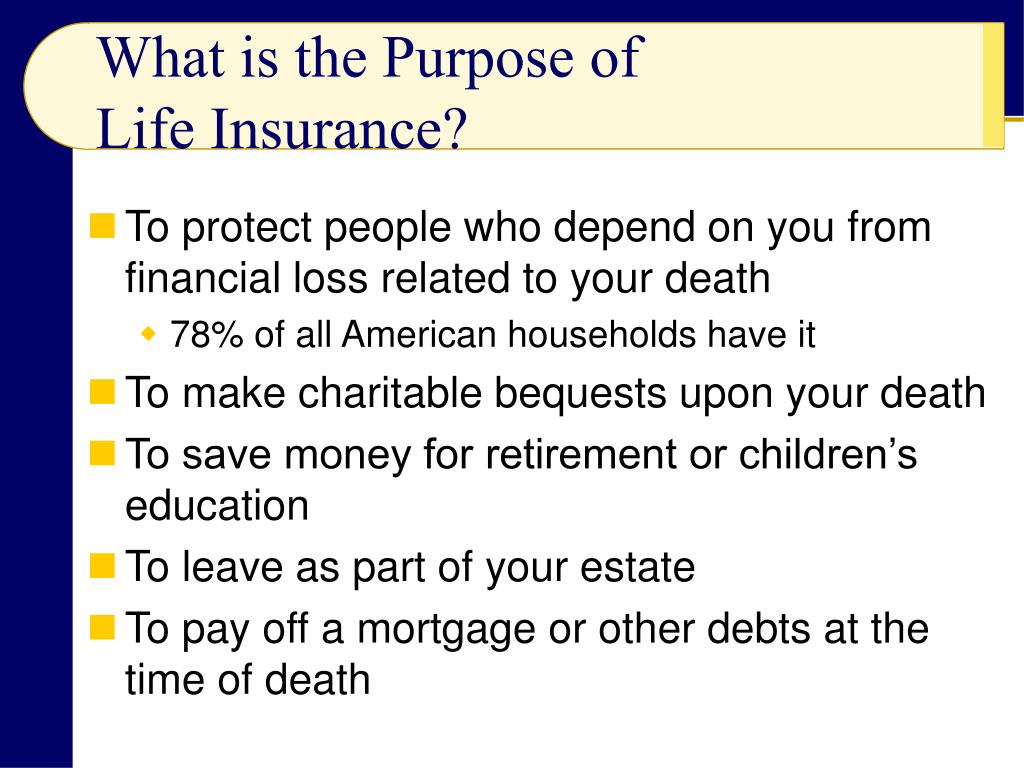Pacific Prime for Dummies
Wiki Article
Pacific Prime Can Be Fun For Everyone
Table of ContentsWhat Does Pacific Prime Mean?The Best Strategy To Use For Pacific PrimeSome Of Pacific PrimeSome Known Factual Statements About Pacific Prime Fascination About Pacific Prime

This is because the information were gathered for a duration of solid economic performance. Of the approximated 42 million people who were without insurance, almost concerning 420,000 (about 1 percent) were under 65 years old, the age at which most Americans become qualified for Medicare; 32 million were grownups between ages 18 and 65, around 19 percent of all grownups in this age; and 10 million were children under 18 years of age, regarding 13.9 percent of all youngsters (Mills, 2000).
These quotes of the variety of persons uninsured are produced from the yearly March Supplement to the Present Populace Study (CPS), performed by the Demographics Bureau. Unless otherwise noted, nationwide estimates of people without medical insurance and proportions of the population with various sort of coverage are based on the CPS, the most widely made use of resource of estimates of insurance coverage and uninsurance rates.
Some Known Incorrect Statements About Pacific Prime

Still, the CPS is especially helpful because it produces yearly price quotes fairly promptly, reporting the previous year's insurance policy protection estimates each September, and because it is the basis for a regular collection of quotes for even more than twenty years, enabling evaluation of patterns in coverage with time. For these reasons, in addition to the comprehensive use of the CPS in various other research studies of insurance protection that are offered in this report, we rely upon CPS quotes, with limitations kept in mind.

The estimate of the variety of uninsured individuals broadens when a populace's insurance policy status is tracked for several years. Over a three-year period starting early in 1993, 72 million people, 29 percent of the united state populace, lacked protection for at least one month. Within a single year (1994 ), 53 million people experienced a minimum of a month without insurance coverage (Bennefield, 1998a)
Six out of every 10 uninsured adults are themselves used. Working does boost the possibility that one and one's household members will certainly have insurance, it is not a warranty. Even participants of households with two full-time breadwinner have nearly a one-in-ten chance of being without insurance (9.1 percent without insurance rate) (Hoffman and Pohl, 2000).
Everything about Pacific Prime
New immigrants make up a considerable percentage of individuals without health insurance policy. One evaluation has attributed a considerable section of the current growth in the size of the U.S. uninsured population to immigrants that got here in the country between 1994 and 1998 (Camarota and Edwards, 2000). Current immigrants (those that involved the USA within the previous 4 years) do have a high price of being without insurance (46 percent), but they and their children account for just 6 percent of those without insurance coverage country wide (Holahan et al., 2001).The connection in between medical insurance and accessibility to care is well developed, as our website recorded later on in this phase. The relationship in between health and wellness insurance coverage and health and wellness outcomes is neither straight neither basic, a comprehensive medical and health solutions research study literature web links health and wellness insurance protection to enhanced access to care, better quality, and boosted personal and populace health and wellness status.
Degrees of analysis for taking a look at the effects of uninsurance. It concentrates especially on those without any type of wellness insurance for any type of size of time.
More About Pacific Prime
The issues faced by the underinsured are in some respects similar to those faced by the without insurance, although they are usually less serious. Health insurance coverage, however, is neither required nor sufficient to gain access to medical solutions. The independent and direct impact of health insurance policy coverage on accessibility to health and wellness services is well established.
Others will obtain the wellness care they require also without medical insurance, by spending for it out of pocket or seeking it from carriers who supply care free or at extremely subsidized prices. For still others, medical insurance alone does not ensure receipt of treatment due to the fact that of other nonfinancial barriers, such as a lack of healthcare providers in their neighborhood, minimal access to transport, illiteracy, or linguistic and social distinctions.
About Pacific Prime
Official study concerning without insurance populations in the United States dates to the late 1920s and early 1930s when the Committee on the Expense of Medical Treatment created a collection of records concerning funding medical professional workplace sees and hospital stays. This concern came to be significant as the varieties of clinically indigent climbed up throughout the Great Clinical depression.Report this wiki page